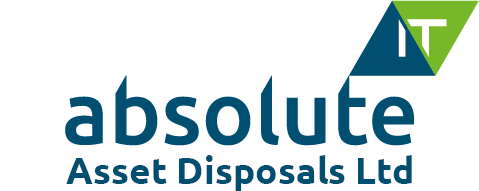
The secure management of business data is an essential task for every company. This can be expensive, and high storage costs are just one risk that can become a reality without the right strategy in place. Because IT managers are responsible for cost and process management for data and its storage, building a successful management strategy for the data life cycle can pose a significant challenge.
Not All Data Is The Same
Many teams elect to treat all data in the same manner. However, this will only cause the costs of storage to skyrocket, as well as potentially result in storage not being available when needed for critical data. However, when the strategy for data management is sound, a company can save money as well as increase its ability to respond to regulatory requests and leverage its data in order to gain a business advantage.
Proper Data Tagging
Another challenge to IT teams is being able to ensure that all data classes are managed consistently. Many methods can be employed to achieve this objective. For example, ensuring that all data is tagged and categorised as soon as it’s been created is a good way to ensure strategic database management at every stage.
However, the right solution must also be used to store that data, whether that solution is the storage of objects such as DLT tapes, as software, or in an appliance such as a USB key. Combining early tagging and categorisation with the right storage for data will provide companies with the opportunity to drive revenue as they lower costs and reduce risk.
Meeting Objectives For Data Recovery
The volume of data being produced continues to grow exponentially and as it grows, can lessen available time to ensure it is backed up, as well as make it more difficult to maintain regular backup schedules. There are many solutions which can help, such as off-site storage and data management. Using tapes to archive data and off-site storage for critical data can help you to meet data backup and recovery objectives successfully.
Keeping Storage Costs Manageable
Many IT teams are concerned that the cost to store data will grow at the same rate as that at which data is being produced. This does not have to be the case; costs can be managed as compliance requirements are met with the application of a few simple techniques.
One solution is storage segmentation, where data is moved to the appropriate storage based on its level of value to the company as well as the need for access. For example, if data needs to be accessed frequently by several staff members, a cloud solution can provide both protection and convenience.
A Fluid Strategy
Any strategy used in the management of data should be fluid, allowing a variety of solutions to be at hand and easy to execute when and if needed. If the mix of technologies and strategies allow your data to be managed, preserved and protected in a cost-efficient manner, the entire life cycle can be addressed.
End-of-Lifecycle Solutions
Just as important as having a strategy in place for the management of data is having a strategy for what to do with data storage when data is no longer needed. A secure solution must be available which keeps data safe until complete erasure or destruction.












